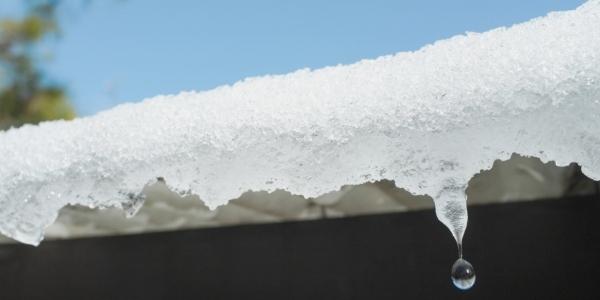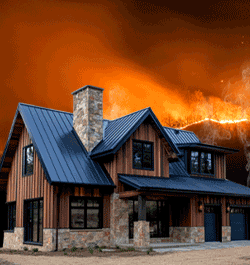Start the spring season strong
May 2, 2025 at 9:00 a.m.By MuleHide.
Winter’s over — now’s your chance to share with your customers how they can get their roofs in top shape.
Editor’s note: Share this information about the value of routine inspections and preventative maintenance with your customers.
Winter has passed, but it may have left a few surprises overhead. Before warm weather lulls you into a false sense of security, it’s time to face what months of snow, ice and freeze-thaw abuse may have done to your roof. Whether you own the building or maintain it, ignoring post-winter damage isn't just risky — it’s expensive. The best way to avoid unexpected leaks and premature roof failure? Follow this guide from our team of experts at MuleHide to get ahead of it this spring, before minor issues become major headaches.
Key areas to have inspected in spring
When having a roof inspected after winter, it’s important to check for:
- Debris buildup – Leaves, branches and other debris can clog drains, gutters, scuppers and downspouts, leading to ponding water and potential leaks.
- Missing drain strainers – These small but critical components prevent debris from entering and clogging drainage systems. Ensure they are intact and properly positioned.
- Loose flashings and metal counterflashings – Wind, ice and temperature fluctuations can cause flashings to loosen or pull away from the roof, creating entry points for water.
- Punctures and physical damage – Snow removal efforts, falling ice and foot traffic can cause punctures or tears in the roof membrane. Identifying these early can prevent leaks.
- Open seams – Temperature fluctuations can cause seams to expand and contract, leading to separation and water infiltration. Check for any gaps or lifting seams.
- Loose or missing roof edges – Edge metal can loosen due to strong winds or ice movement. Ensuring edges are secure helps maintain the integrity of the roof system.
- General membrane deterioration – UV exposure, freeze-thaw cycles and general aging can cause the roof membrane to become brittle, cracked or blistered. Early detection allows for timely repairs before widespread failure occurs.
Preventative maintenance is key
Routine inspections and preventative maintenance are the best ways to extend the life of a roofing system. If any of the above issues are spotted, prompt repairs can help prevent costly damage down the road.
Original article and photo source: MuleHide
Learn more about MuleHide Products in their Coffee Shops Directory or visit www.mulehide.com.
























Comments
Leave a Reply
Have an account? Login to leave a comment!
Sign In